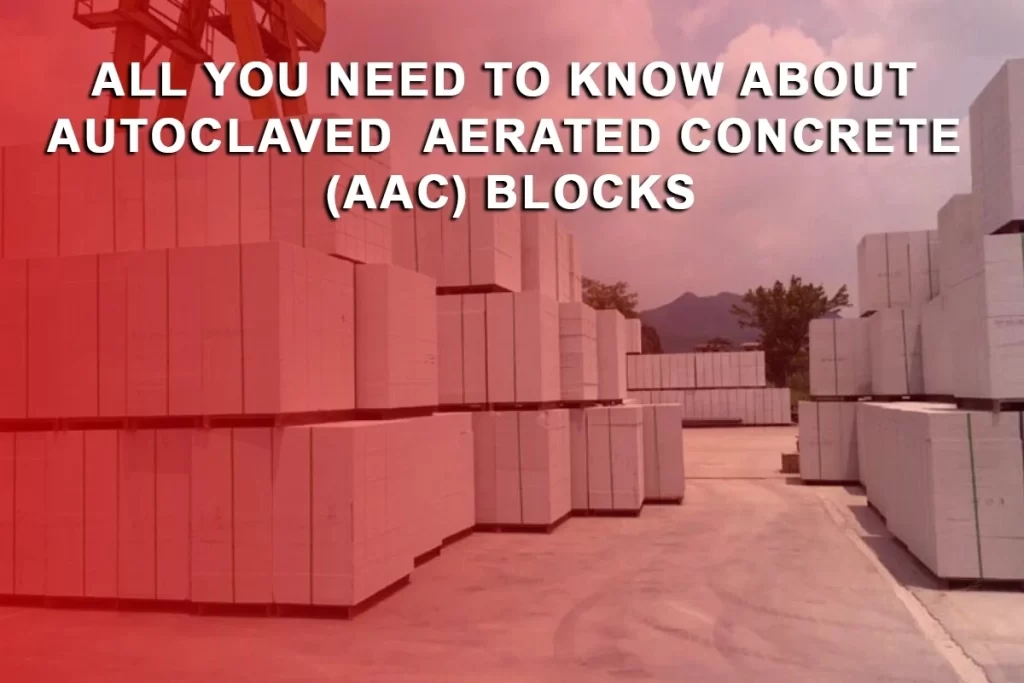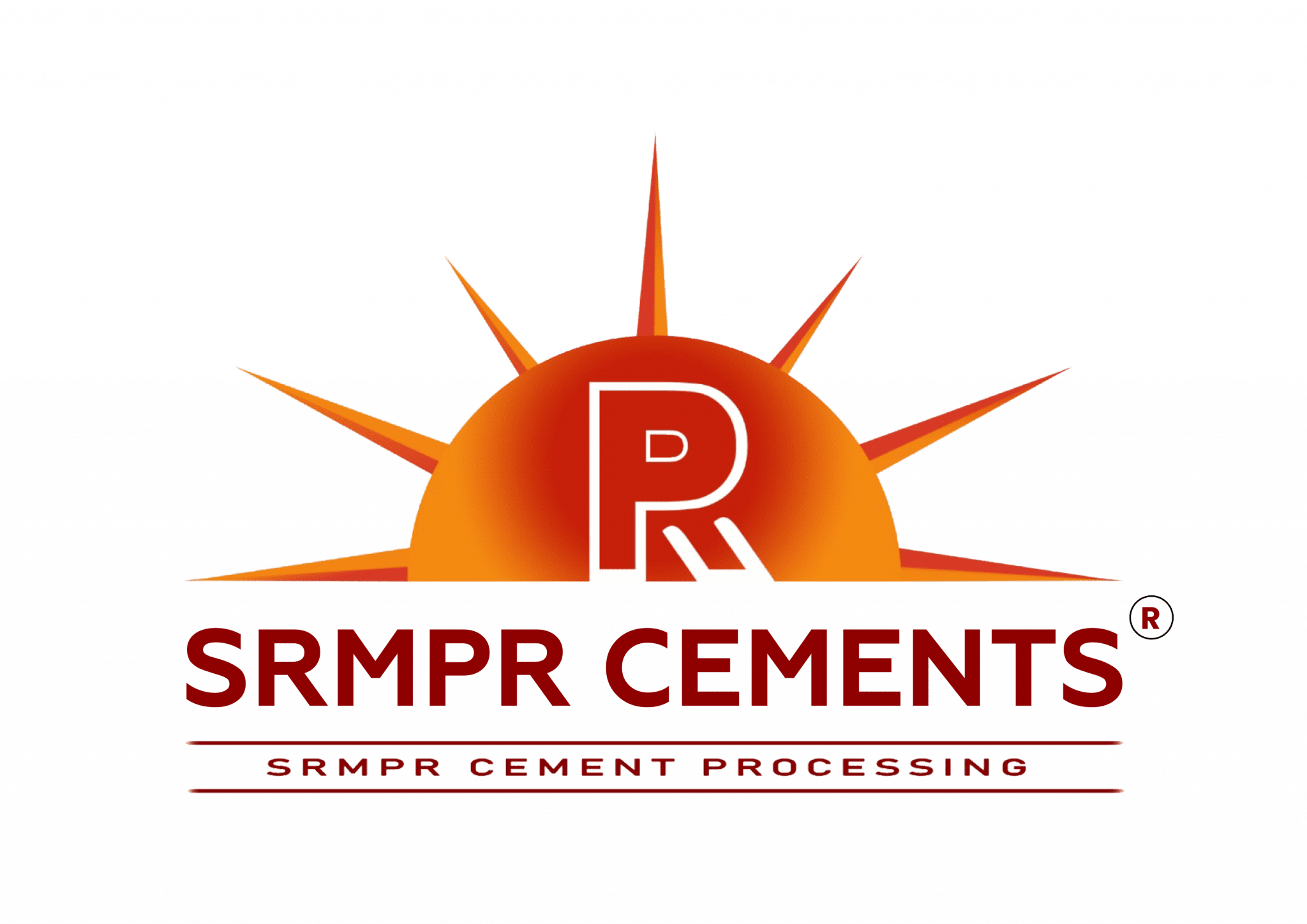If you’re looking to build a house while being environmentally conscious, AAC blocks are an excellent choice. Autoclaved Aerated Concrete (AAC) is a certified green building material that is lightweight, load-bearing, highly insulating, durable, and three times lighter than traditional red bricks. Invented by a Swedish architect in November 1924, AAC blocks were developed in the search for a building material that could resist decay, combustibility, and termites. In this article, we’ll explore different types of AAC blocks, along with their advantages and disadvantages.
Types of AAC Blocks
- Fire-Resistant AAC Blocks
- 200 mm AAC Block
- 100 mm AAC Block
- Long-Lasting AAC Block
- Rectangular Fly Ash AAC Blocks
Advantages of AAC Blocks
Easy & Faster Workability
AAC blocks are about half the weight and ten times the size of traditional bricks. This unique property makes them easy to install and provides the desired flexibility for adjustments, cutting, shaping, and more. With fewer joints and consistent dimensions, AAC blocks make the construction process faster. Additionally, their lightweight nature simplifies transportation, reducing overall logistics and shipping costs compared to traditional brick transportation.
Disaster Resistant
Buildings are usually designed to handle vertical forces such as self-weight and gravity. However, earthquakes introduce horizontal forces. Due to the manufacturing process, AAC blocks become extremely strong, leading to a durable finished structure. Compared to conventional bricks, AAC blocks can handle higher seismic loads, making them ideal for earthquake-prone areas.
Thermal Insulation and Energy Conservation
The foaming process used to create AAC blocks imparts excellent heat insulation properties, keeping temperatures warm in winter and cool in summer. This can reduce air-conditioning costs by approximately 25%. Moreover, due to their energy-efficient production, AAC blocks are energy-efficient throughout their lifespan.
Soundproofing
AAC blocks are lightweight and porous, significantly reducing sound transmission. For this reason, they are widely used in the construction of studios, hospitals, hotels, and similar structures where soundproofing is important.
Sustainable and Pocket-Friendly
AAC blocks are produced with minimal waste using natural, non-toxic raw materials. Waste or offcuts can be recycled or used to make aggregates. Additionally, AAC blocks’ use of non-biodegradable materials enhances the building’s durability, preventing issues like rot and mold. Their lightweight, energy efficiency and ease of installation also help reduce labor costs.
Fire Resistance
Compared to other building materials, AAC blocks are noncombustible and provide fire resistance of up to six hours, depending on their thickness and up to 1,200 degrees Celsius. This offers significant fire safety benefits for buildings constructed with AAC blocks.
Moisture Proof
Moisture can cause significant structural damage. The macro-pores within AAC blocks ensure low water absorption, offering better moisture protection and enhancing the longevity of the structure.
- Due to their brittle nature, AAC blocks require more careful handling and transportation compared to clay-red bricks. While AAC blocks may be more expensive per unit, overall masonry costs are reduced due to the lower amount of cement mortar needed during installation.
- The brittleness of AAC blocks means they can break easily, which is attributed to their porous nature.
- AAC blocks have a high water absorption rate, which can lead to fissures in the structure due to expansion when water is absorbed and contraction when moisture is lost.
- In high-humidity environments, interior finishes with low vapor permeability and exterior finishes with high permeability are essential when using AAC blocks.
Conclusion
When building with AAC blocks, the choice of cement plays a crucial role in ensuring the overall quality and durability of the structure. SRMPR Cements is an excellent choice for AAC block construction due to its superior bonding capabilities and durability. Its advanced formulation ensures that the AAC blocks are securely held together, providing additional strength and stability. By choosing SRMPR Cements, you are investing in a sustainable, long-lasting solution that enhances the benefits of using AAC blocks in your construction projects.
Choose SRMPR Cements to ensure your building stands strong, safe, and energy-efficient.



